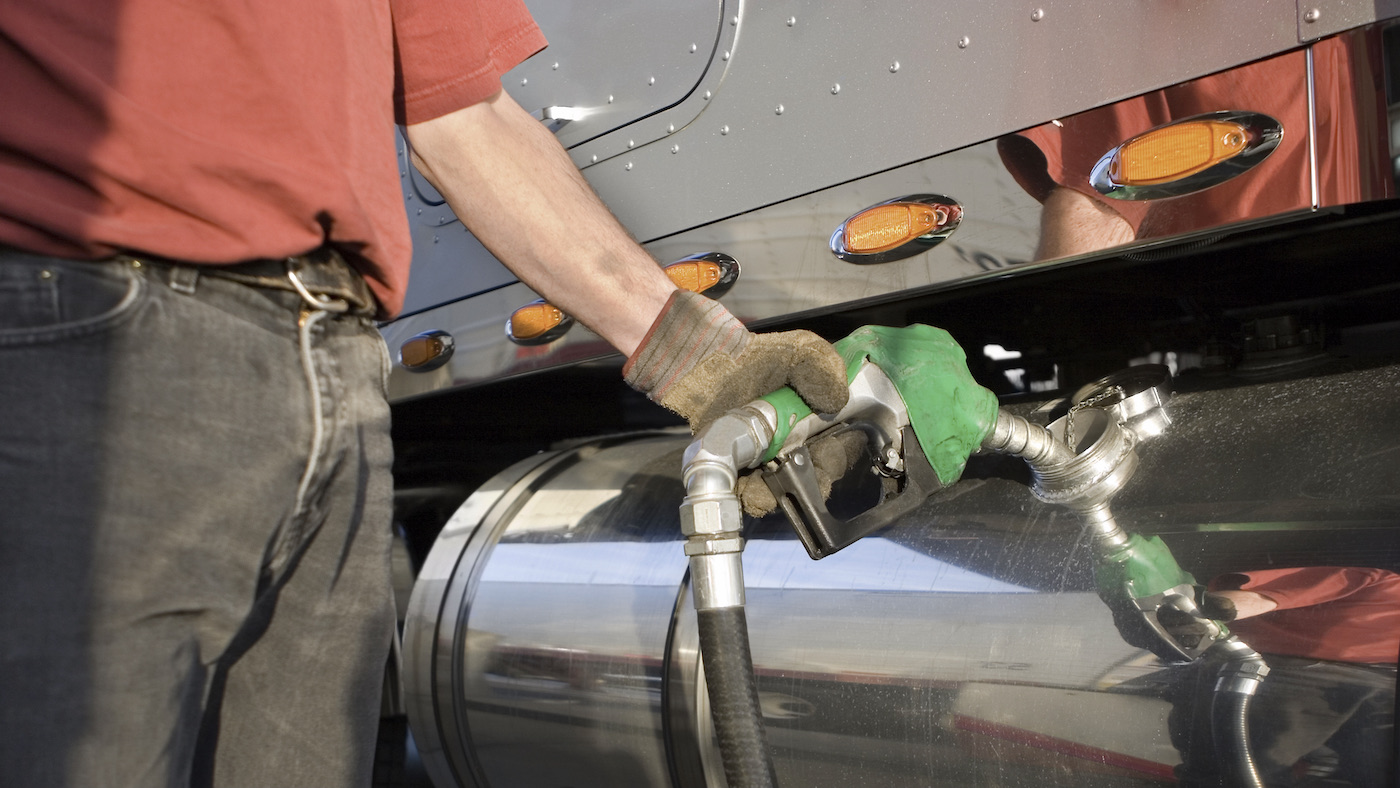No matter how savvy a fleet manager is at cutting costs, they have very little control when it comes to one of the most expensive elements of a fleet: fuel. And it just keeps getting more expensive—a survey from the American Transportation Research Institute (ATRI) shows the cost of fuel rose almost 54% from 2021 to 2022.
While you may not have much control over the cost of gas, there are ways to ensure you get the most out of every gallon. By optimizing fuel usage, managers can see significant savings while improving fleet efficiency. Using fuel more carefully can also help meet environmental regulations, which is important for sustainability and brand reputation. In industries with tight profit margins, optimizing fuel usage can make a significant difference and provide a competitive edge.
Planning efficient routes, training technicians on best practices, and keeping vehicles properly maintained can substantially reduce fuel consumption. Let’s dig into these tips and other best practices you can start using today.
Start by identifying common fuel inefficiencies in your fleet
It’s important to understand what kinds of behavior wastes fuel, and how your fleet is performing in these areas. For instance, subpar route planning, not proactively scheduling vehicle maintenance, and poor driving habits all lead to fuel inefficiencies, but luckily, they can be easily addressed and improved.
Optimizing routes helps technicians avoid traffic congestion and reduce wasteful idling. Better route planning not only saves fuel but can result in more time for technicians to complete additional revenue-generating deliveries or appointments in a day. Advanced routing software and GPS technology can help in planning the most fuel-efficient routes.
Proper vehicle maintenance is also impactful for fuel efficiency. Well-maintained vehicles run better and consume less fuel. Proper vehicle maintenance also reduces the likelihood of vehicles having an unexpected breakdown that takes them off the road.
One of the most impactful things you can do is analyze your technicians’ driving habits to know how fuel-inefficient driving behavior is affecting your fleet. Video telematics is a great tool for seeing and understanding how these practices occur so you can design training programs to improve behaviors.
Implement fuel-efficient practices without compromising productivity
Every fleet manager wants to save money without adding complexity for their technicians that could negatively affect operations. Luckily, there are several best practices technicians can adopt to reduce fuel consumption without compromising productivity.
Did you know idling burns almost 1 gallon of fuel per hour1? Idling is one of the most common ways vehicles waste fuel and with 39% of fleet managers saying their vehicles idle 3–4 hours a day2, the costs can escalate quickly.
Disruptions to the supply chain provide a good example of the impact of idling—at that time, trucks had to wait at ports and other shipment locations for hours, rather than minutes.
As the supply chain recovered, idling related losses and pollution dropped measurably. Idle times for Lytx® clients dropped about 16% in 2022 compared to 2021, helping to prevent more than 90 million tons of CO2 emissions and over $24 million in wasted fuel.
Minimizing idling, along with behaviors such as avoiding sudden braking and acceleration, maintaining optimal tire pressure, using cruise control, and following fuel-efficient routes can make a big impact on fuel efficiency.
Consider developing a training program to educate technicians on these best practices. They may appreciate and be receptive to tips about fuel-efficient practices that can help them save costs not only at work but while driving their own vehicles when off the clock.
Technology for better fuel consumption management
Fleet managers should analyze key metrics such as fuel consumption rates, idling times, driver behavior, vehicle performance, and route efficiency to measure and track the success of their fuel efficiency initiatives. If this sounds overwhelming, don’t worry—modern video telematics systems make it easy.
Advanced telematics such as Lytx video telematics allows managers to identify trends and areas for improvement, align strategies with fuel-saving goals, and quantify the impact of implemented changes. This data-driven approach helps in optimizing operations, reducing costs, and supporting environmental sustainability.
Fuel-efficiency improvement in fleets like yours
Many Lytx clients have seen impressive cost savings with fuel efficiency strategies. Lytx has helped clients save an estimated $920 million in fuel costs through the insightful tracking and monitoring that comes with an advanced video telematics system.
By integrating advanced video telematics and prioritizing route optimization, preventative vehicle maintenance, and training techs on good driving behaviors, fleets can lower operational costs, enhance overall efficiency, and reduce their carbon footprint. Implementing a comprehensive fuel efficiency strategy ensures that fleets remain competitive and financially sustainable in the long run.
1 Long-Haul Truck Idling Burns Up Profits
2 Fleet Management Statistics to Help Reduce Operational Costs, Jun 18, 2021
